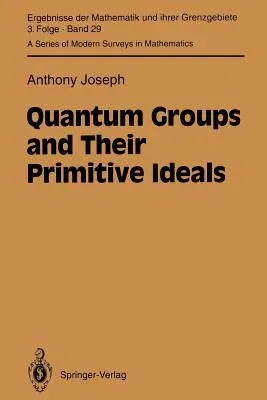Anthony Joseph
(Author)Quantum Groups and Their Primitive Ideals (Softcover Reprint of the Original 1st 1995)Paperback - Softcover Reprint of the Original 1st 1995, 8 December 2011

Qty
1
Turbo
Ships in 2 - 3 days
In Stock
Free Delivery
Cash on Delivery
15 Days
Free Returns
Secure Checkout
Part of Series
Ergebnisse Der Mathematik Und Ihrer Grenzgebiete. 3. Folge /
Part of Series
Ergebnisse Der Mathematik Und Ihrer Grenzgebiete. 3. Folge a
Print Length
383 pages
Language
English
Publisher
Springer
Date Published
8 Dec 2011
ISBN-10
364278402X
ISBN-13
9783642784026
Description
Product Details
Author:
Book Edition:
Softcover Reprint of the Original 1st 1995
Book Format:
Paperback
Country of Origin:
NL
Date Published:
8 December 2011
Dimensions:
23.39 x
15.6 x
2.08 cm
ISBN-10:
364278402X
ISBN-13:
9783642784026
Language:
English
Location:
Berlin, Heidelberg
Pages:
383
Publisher:
Series:
Weight:
557.92 gm

